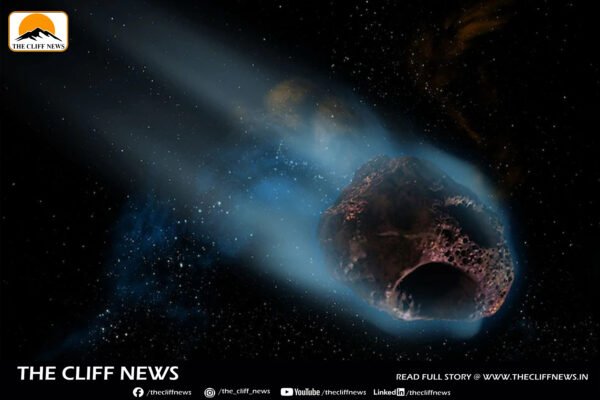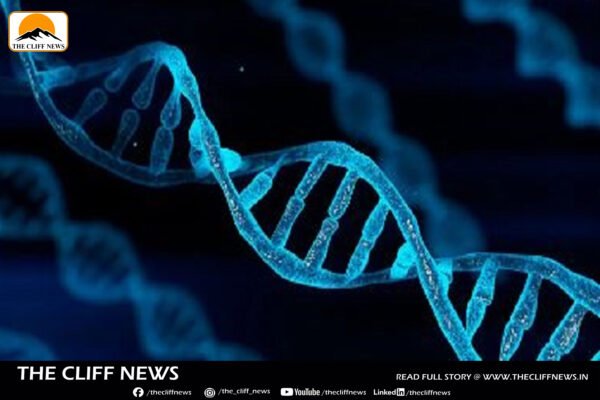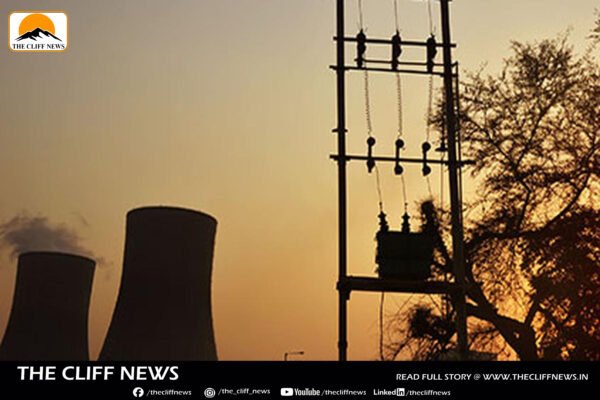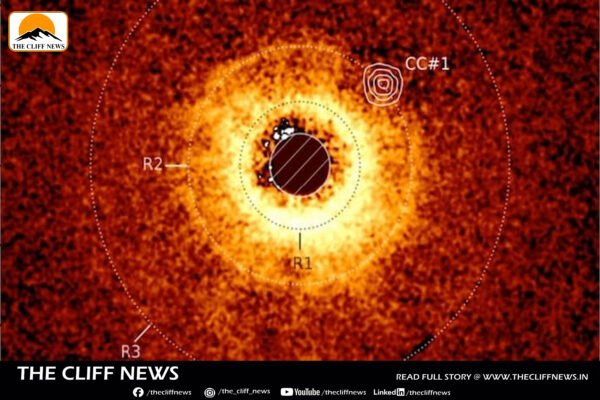Just as Apple gears up to scale production of its next-gen iPhone 17 in India, a silent yet strategic move from China may threaten to derail the tech giant’s ambitious shift. Over 300 Chinese engineers and technicians working at Foxconn’s iPhone assembly plants in southern India have been abruptly recalled—marking a significant disruption in Apple’s global supply chain diversification strategy. While neither Apple nor Foxconn has issued an official statement, the timing—and silence—is telling. The exits come amid escalating geopolitical friction between India and China, and growing concerns in Beijing over the West’s accelerating “China+1” manufacturing strategy. Why the Exit Matters Foxconn’s Chinese engineers weren’t just performing routine tasks—they were the bridge between decades of assembly expertise in China’s Shenzhen and Apple’s new manufacturing hub in India. These engineers were instrumental in: Without them, India’s largely young and unseasoned workforce will face a steep learning curve, especially when assembling devices composed of over 1,000 intricate parts. A Calculated Move by Beijing According to Bloomberg, China has been quietly tightening the flow of: From rare earth magnets for EVs to APIs in pharma, and now to tech manpower, China is subtly applying pressure on companies that seek to move operations out of its territory. It’s not just trade resistance—it’s supply chain control. This latest act—limiting the movement of Foxconn’s Chinese personnel to India—might be China’s most targeted response yet to the shifting manufacturing base. India’s $10 Billion iPhone Milestone at Risk Foxconn has significantly ramped up its Indian operations. In 2024 alone: India now contributes to 20% of Apple’s global iPhone output. The iPhone 17 was expected to be the biggest step yet in that journey. But now, efficiency and training standards may take a hit—even if quality doesn’t visibly drop, as Bloomberg cautiously noted. Beyond App Bans: A Strategic Disruption India’s post-2020 retaliation to the Galwan Valley clash was largely symbolic—banning Chinese apps like TikTok and limiting investments. But China’s current tactic strikes deeper—at the factory floor, where knowledge transfer and real-time mentoring are irreplaceable. As of now, there’s no official disruption in production, and Indian authorities have been quietly informed of the exits. But industry insiders believe delays and inefficiencies could emerge, particularly during the ramp-up phase for iPhone 17. Global Stakes in a Shifting Tech Order Apple’s pivot to India is part of a broader decoupling trend driven by US-China trade tensions. With America incentivising companies to diversify supply chains to countries like India and Vietnam, China is clearly playing defence—with brains, not bullets. Donald Trump, back on the campaign trail, has once again called for Apple to “make in America.” But with high US labour costs and lack of assembly-line scale, India remains Apple’s best bet. And that’s exactly where the current friction bites. By subtly pulling back engineers, China isn’t just reacting—it’s recalibrating, trying to remind the world that it still holds the intellectual infrastructure of tech manufacturing. What Lies Ahead For India, this isn’t just a tech hiccup—it’s a stress test for its global manufacturing ambitions. Can India plug the talent gap? Will Apple re-strategize? Can this withdrawal be reversed through diplomacy or incentives? In the months leading to the iPhone 17 launch, these questions will shape more than Apple’s production line. They may redefine the balance of power in global tech supply chains, and determine how quickly India can become the next factory of the world. The departure of a few hundred engineers may seem minor—but their absence marks a tipping point in a geopolitical contest playing out through chips, cables, and corporate boardrooms.










